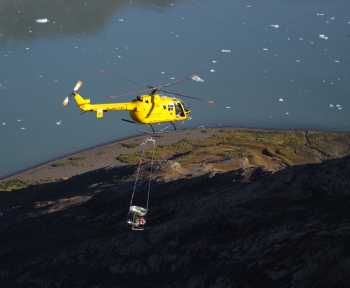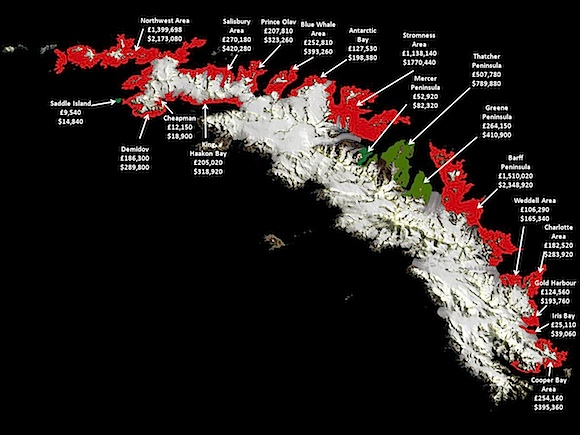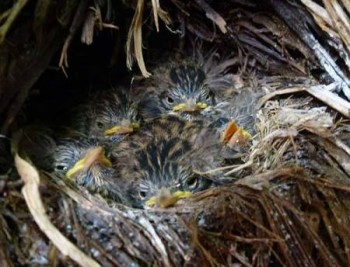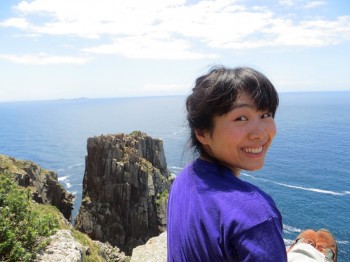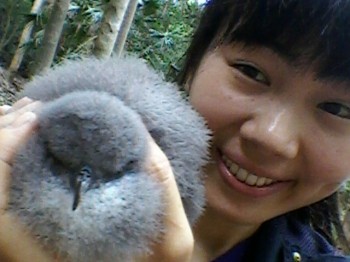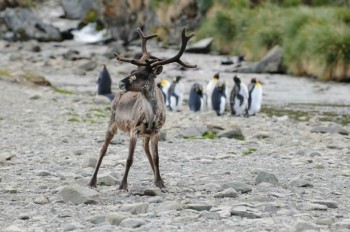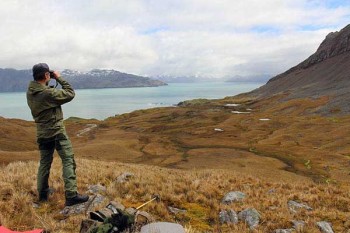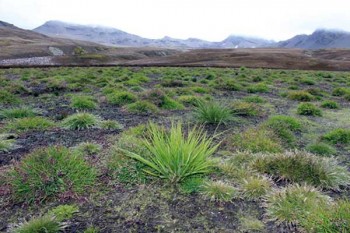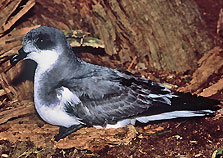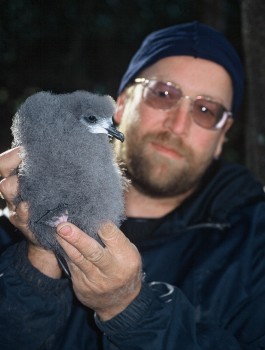Karine Delord and colleagues (Centre d’Etudes Biologiques de Chizé, Villiers-en-Bois, France) have published on the at-sea distribution of 10 species of ACAP-listed albatrosses and petrels in the southern Indian Ocean based on tracking studies conducted on French sub-Antarctic islands.
Although dated 2013, the senior author has informed ACAP Latest News that the report has only been made publicly available this year.
The publication’s abstract follows
“This Atlas is a summary of information on the use of the southern Indian Ocean by 22 seabirds and seals species (king penguin, gentoo penguin, Adélie penguin, eastern rockhopper penguin, northern rockhopper penguin, macaroni penguin, Amsterdam albatross, wandering albatross, black-browed albatross, Indian yellow-nosed albatross, light-mantled albatross, sooty albatross, southern giant petrel, northern giant petrel, southern fulmar, Cape petrel, snow petrel, white-chinned petrel, grey petrel, brown skua, southern elephant seal and Antarctic fur seal). The distribution map of each species was obtained by the use of tracking methods that allow identifying important areas in the southern Indian Ocean. The determination of zones of high species richness suggests several important areas for top predators. First the breeding colonies and surrounding zones: Amsterdam and Saint Paul Islands, Marion and Prince Edward islands and the Del Cano Rise, Crozet Islands, Kerguelen Plateau and East Antarctica (Adélie Land sector). Second, the upwelling-current zones: Benguela and Agulhas Currents Systems and third several the oceanic zones: the Southwest Indian Ridge (East Bouvetøya and the North Subtropical Front), the Mid-Indian Ridge (North of Kerguelen and the Eastern Indian Ocean, the Southeast Indian Ridge (Great Australian Bight and Tasmania, Ob and Lena Banks, and East Antarctica (Prydz Bay - Queen Maud Land sectors, Adélie Land sector). The analysis of distribution indicates that some pelagic species have a much wider foraging range outside the breeding season than during the breeding season (some disperse over very large areas, i.e. wandering albatross). This highlights the urgent need to strengthen collaborations, namely between conservation and management organisms such as CCAMLR and the fisheries organisations (RFMOs), to ensure the protection of these species and the conservation of the ecosystem that will also be beneficial for many other species. In conclusion, although this inventory of areas of key importance is preliminary because of the lack of data on several keystone species such as burrowing petrels which could not be studied in this work, the results presented here show an unprecedented improvement in the identification of priority areas within the Southern Indian Ocean, which should be the primary targets of site-based conservation efforts in the near future.”

Amsterdam Albatross at sea in the southern Indian Ocean, photograph by Kirk Zufelt
With thanks to Karine Delord for information.
Reference:
Delord, K., Barbraud, C., Bost, C.A., Cherel, Y., Guinet, C. & Weimerskirch, H. 2013 [published 2015]. Atlas of Top Predators from French Southern Territories in the Southern Indian Ocean. Villiers en Bois: Centre d’Etudes Biologiques de Chizé, Centre National de la Recherche Scientifique. pp. 252.
John Cooper, ACAP Information Officer, 27 February 2015

 English
English  Français
Français  Español
Español 